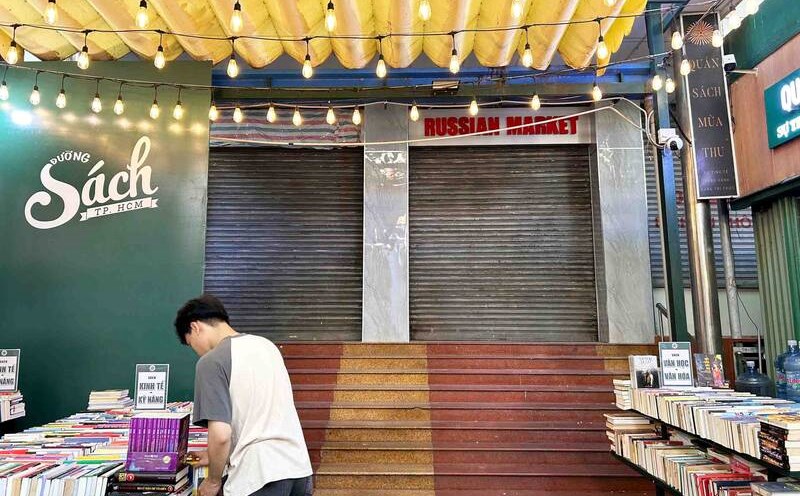After a sharp decline of more than 35 points on October 17, the VN-Index decreased to 1,731 points. The stock market is entering a higher cautious period due to profit-taking pressure from the previous long increase streak.
According to investors, the negative developments in the last session mostly came from external factors. Specifically, the US market fell sharply due to concerns about bad debt risks in the banking system, which is considered a barrier to economic recovery in the coming time. At the same time, tensions between the US and China partly reappeared last weekend, causing Asian markets to simultaneously decline in the afternoon session.
These developments quickly affected the sentiment of domestic investors, who were in a sensitive state after a period of rapid increase. In addition to the impact of international factors, the strong correction of Vingroup stocks is also the main reason for the sharp decline of the VN-Index. After a series of rapid increases, many investors have achieved good profits and are not hesitant to "tak up profits" when the risk of adjustment begins to appear.
According to observations, domestic cash flow is still supportive but foreign investors continue to sell net, net selling is maintaining an average of VND1,800 - 2,000 billion/session, self-employed and investors are also tending to sell net, causing the index to be under pressure to adjust down.
However, the level of adjustment is not really worrying as the market valuation is not yet too high, and there has not appeared any significant technical resistance zone, leading to strong selling pressure from within. The development of this session is mostly technical, combined with the psychological impact after the derivatives maturity period, which is often accompanied by strong fluctuations in the short term.
Liquidity increased but there was no mass sell-off, showing that the demand to support prices still existed. That shows that this is not a "wave" signal, but most likely just a technical correction in the medium-term uptrend. If the influence of Vingroup is eliminated, the actual pressure to reduce scores is not too great.
Commenting on the trading trend next week, analysts from Asean Securities Company assessed this as a necessary correction and fluctuation of the VN-Index when the market has continuously broken through in recent months and has not had a large enough break period to absorb supply. The September period also saw the VN-Index move sideways instead of appearing clear corrections. In addition, the index's performance is also interpreted by the pull-back state of the VN-Index after surpassing the important technical threshold of 1,700.
Forecasting the next developments, after a period of fluctuations, the VN-Index will find momentum for the next increase in the period of late 2025 and early 2026. This is explained by the positive outlook of the stock market thanks to the maintained macroeconomic easing policy, attractive valuations of the VN-Index, and the prospect of attracting new capital flows after Vietnam is upgraded to market, in addition to the ongoing IPO wave. The next target of the VN-Index after the existing fluctuations is the 1,800-point area, Asean experts said.
Meanwhile, market analysts at SHS Securities Company have the view that this is not a reasonable price area for increase and buy. At the same time, it is recommended that investors should carefully evaluate purchasing positions based on the reasonable valuation of each enterprise and the expected business results in the third quarter of 2025 and short-term risk control. Currently, SHS believes that the price zone around 1,700 points is not an attractive price zone to disburse for many groups, especially groups of stocks that have had a period of strong price increases this year.











